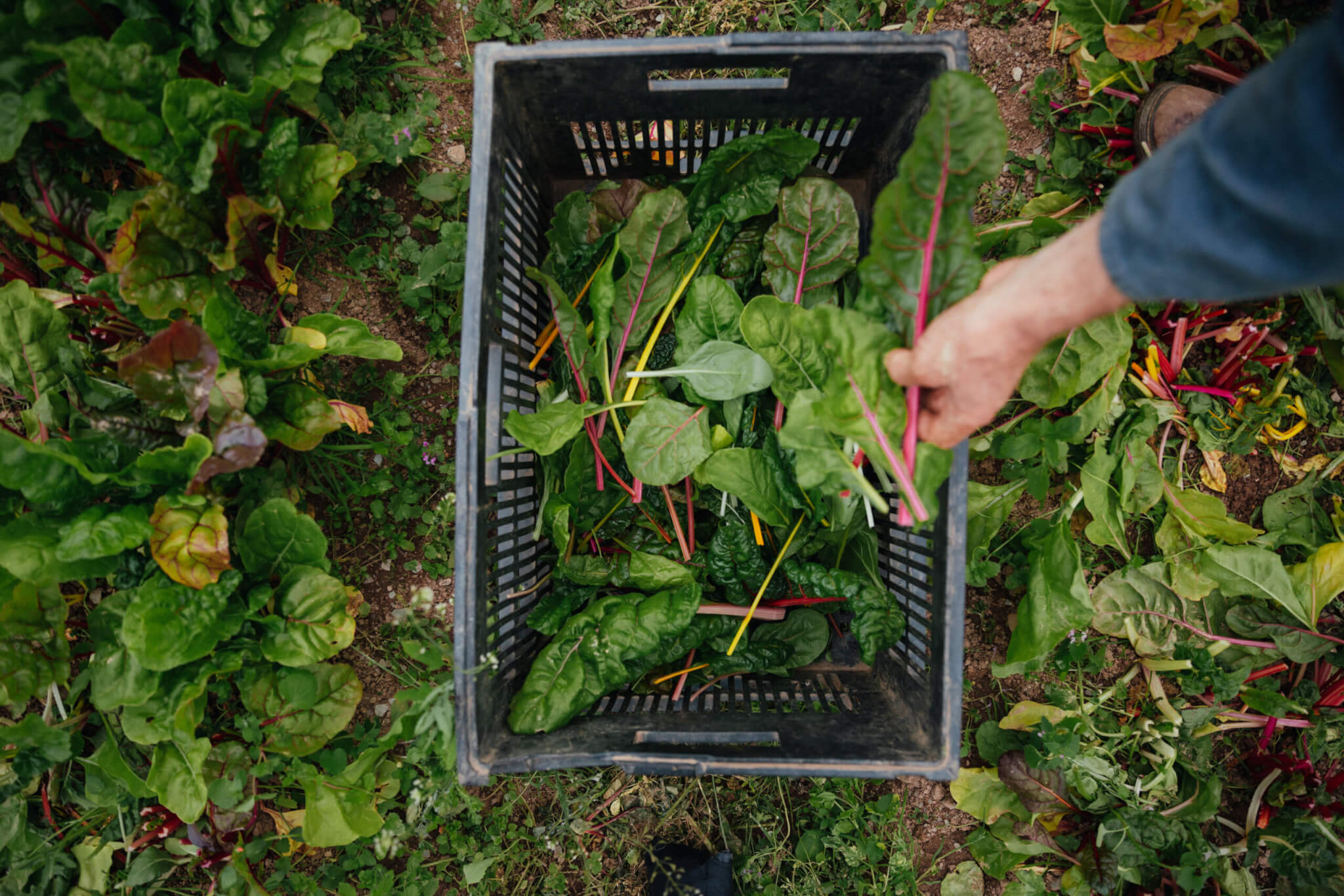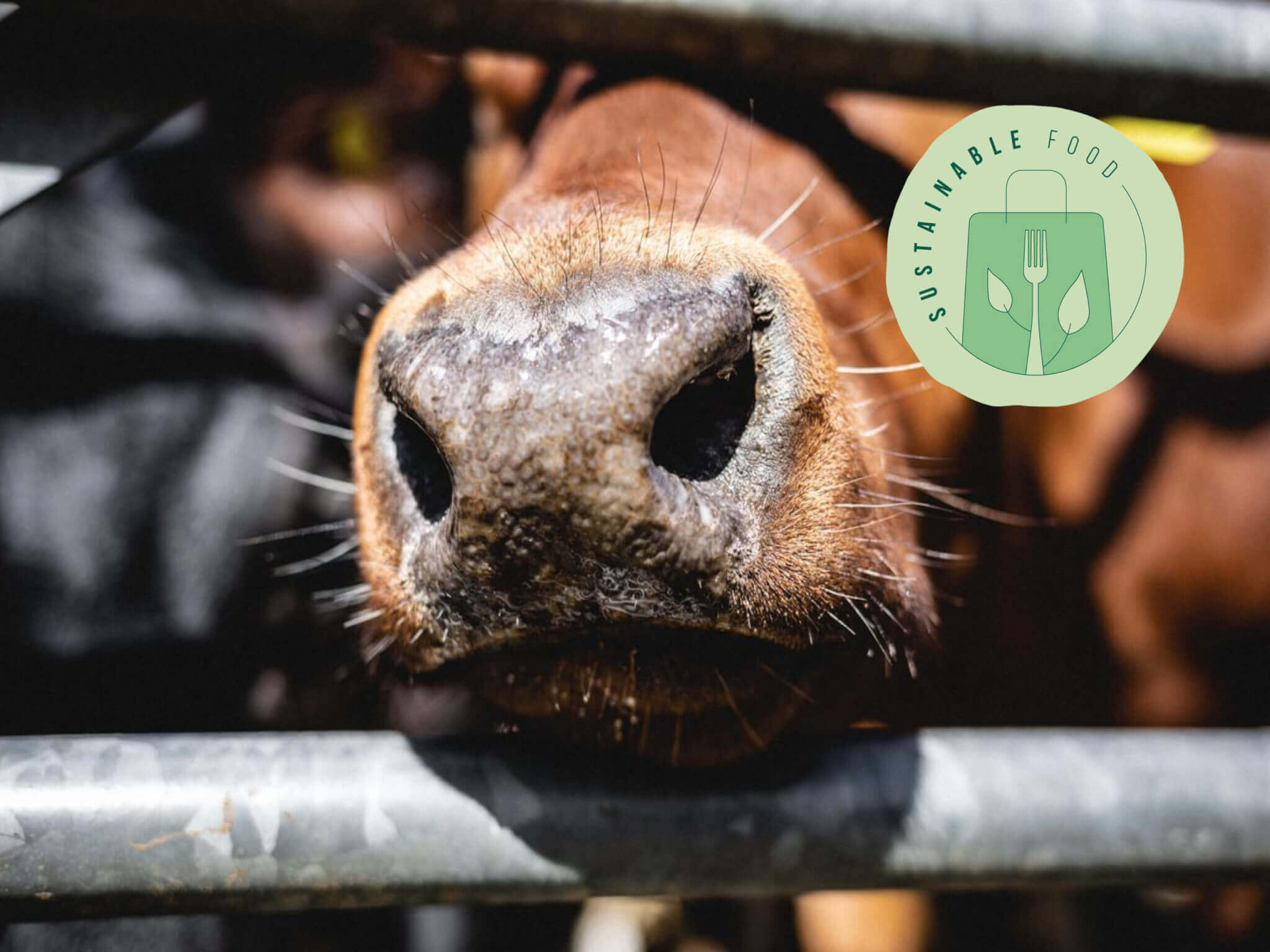A week of rain has restored soil water to ‘field capacity’, much to the relief of our crops and hard-pressed irrigation team. Field capacity is the maximum amount of water the soil can hold: what’s left clinging to the particles after gravity has drained away what it can, but before evaporation or root absorption remove any more. Imagine a wet sponge left to drain for a bit but not squeezed. The finer the particles and the larger the area, the more water can be held.
As a very general rule, well-established plants start to suffer when about half the water held at field capacity has been lost (the ‘wilting point’). The difference between the field capacity and the wilting point is the ‘available water capacity’ (AWC), and is hugely variable; it can be four times higher in a sticky, heavy clay than a coarse, light sand. As well as water, clays also hang onto nutrients better, making them potentially more productive than sands – but also more prone to waterlogging and structural damage, harder to create a fine seed bed, and
generally harder to manage. Clay-land farmers refer to sands as ‘boy’s land’. The sweet spot is a sandy clay loam which has a mixture of particle sizes (large sand, through silt, to very fine platelets), combining their best qualities.
Too much info? Actually, that is a gross simplification. You could spend a lifetime studying soil and still be ignorant. Though its physical makeup is important, farmers’ management of the soil also has a massive, long-lasting effect. Adding organic matter, particularly stable and mature compost, can, over years, increase sands’ ability to hold water, and make clays easier to manage by stabilising the structure. Increasing the organic matter in a sand from 0.5% (typical of an over-cultivated, chemically fed arable sand) to 3% (more typical of well-managed sand in an organic rotation) could double the AWC, allowing crops to thrive well after they would have wilted. The impact of good soil management is huge – not just in agricultural productivity, but also in reducing flooding, fighting climate change through sequestering carbon, controlling water pollution and increasing biodiversity. Organic farmers are well ahead, but conventional farmers are starting to get interested in proper soil management too. Perhaps, after half a century, we have finally managed to show them what is possible.












0 Comments